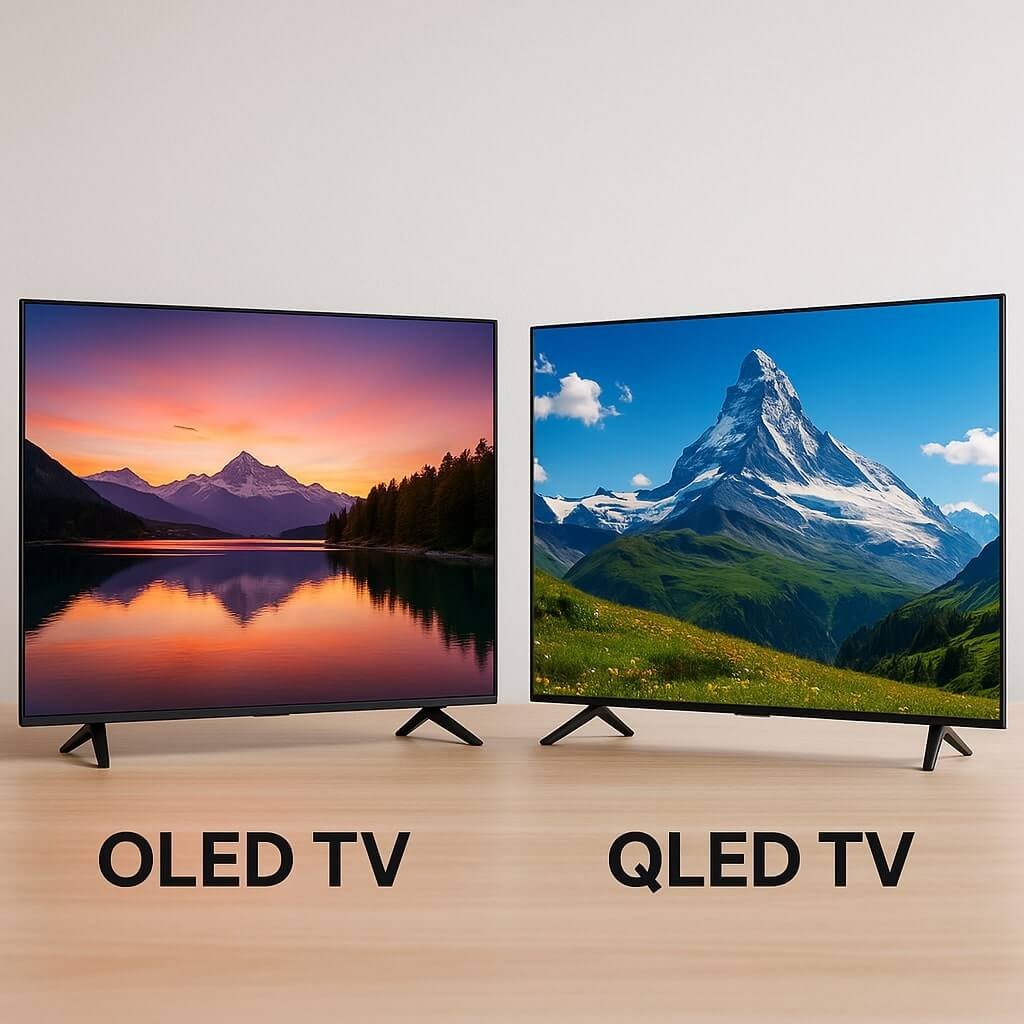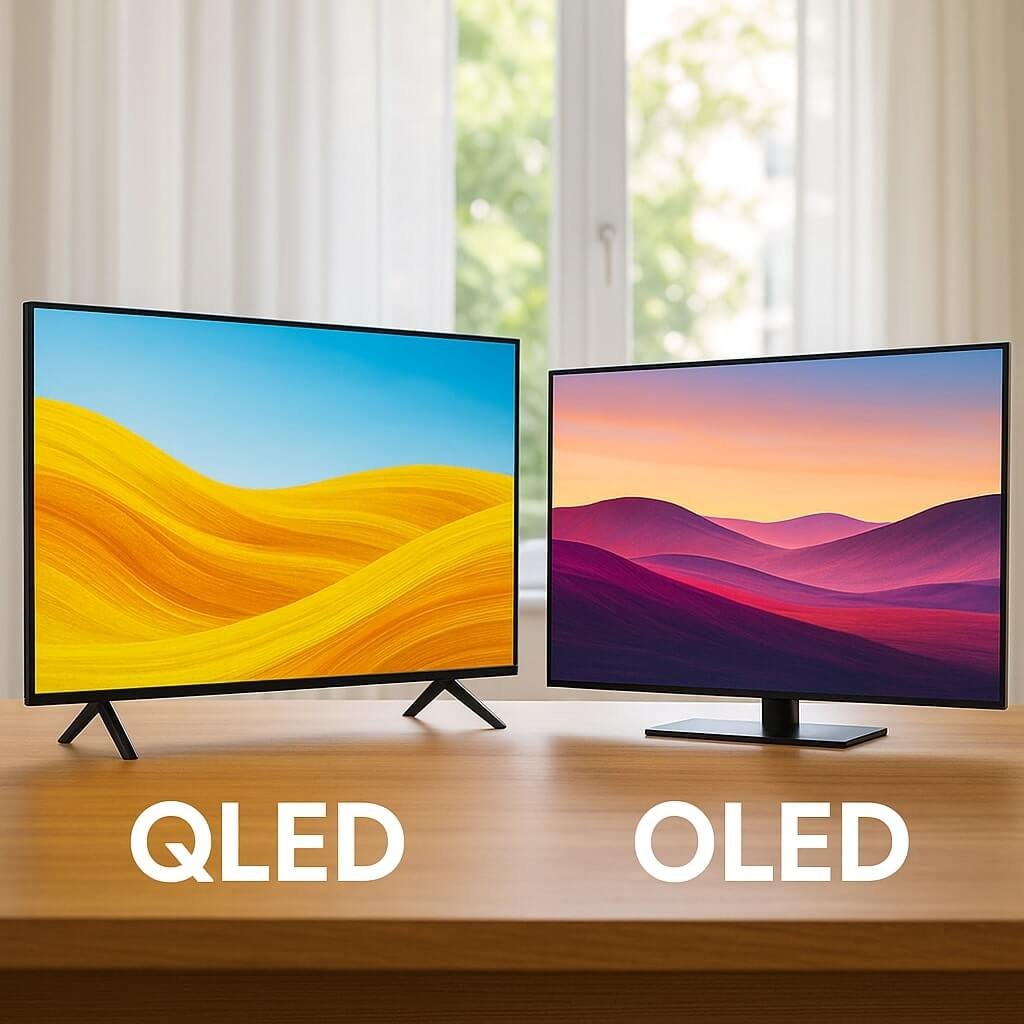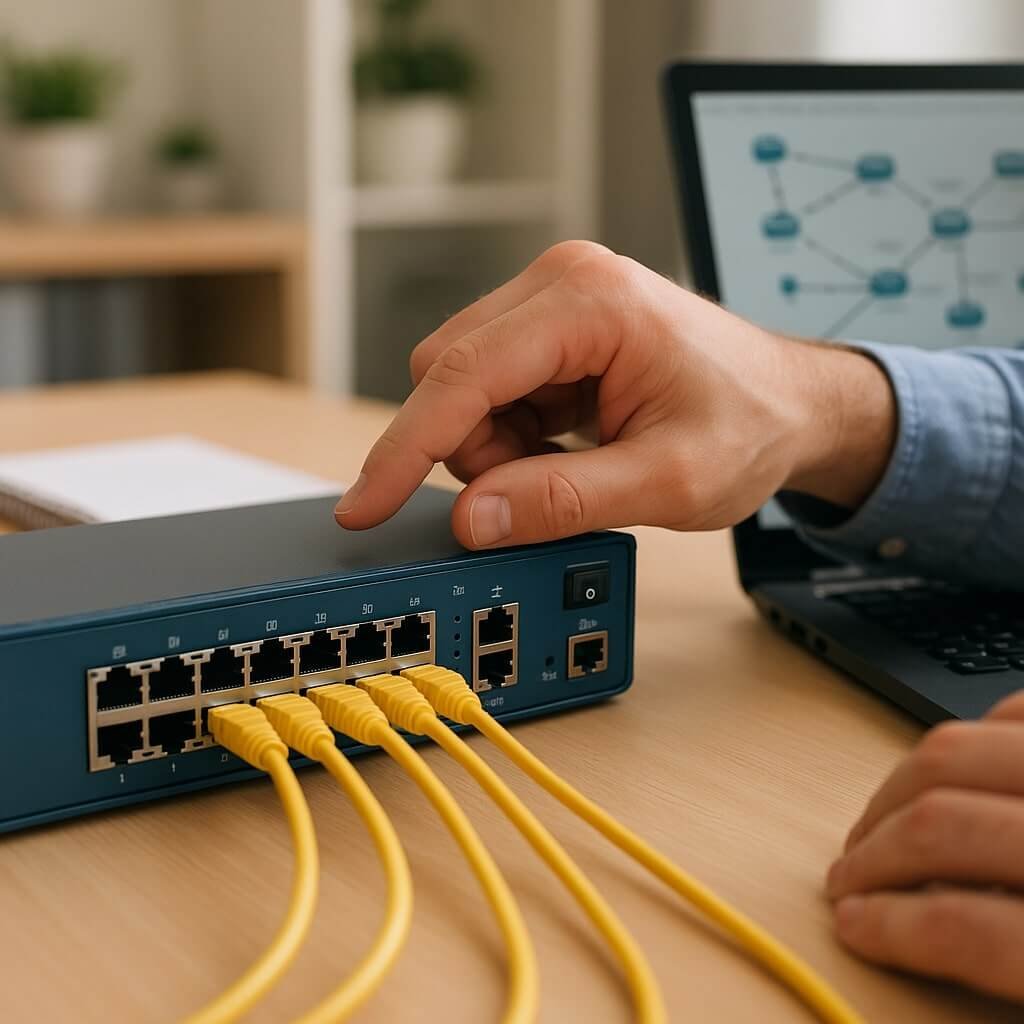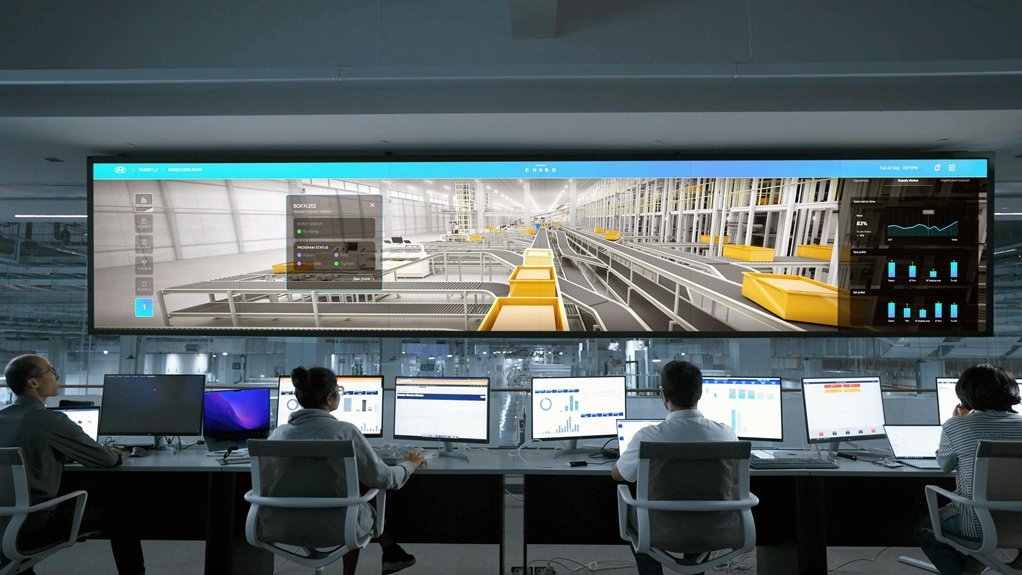When investing in a premium TV, one of the most important considerations for buyers is durability—how long will the TV last? With OLED and QLED being two of the most popular high-end television technologies today, understanding their longevity is crucial for making a smart purchase decision. In this comprehensive guide, we’ll explore the lifespan of OLED and QLED TVs, factors that influence their durability, and how to prolong their life.
Understanding OLED and QLED Technology
What Is OLED?
OLED (Organic Light-Emitting Diode) TVs use a panel made of organic compounds that emit light when an electric current is applied. Each pixel emits its light, allowing for deep blacks, excellent contrast, and ultra-thin displays. However, OLED panels are susceptible to issues like burn-in and gradual degradation of organic materials.
What Is QLED?
QLED (Quantum-dot Light Emitting Diode) is a term popularised by Samsung. It’s essentially an LED TV enhanced with quantum-dot technology to boost brightness and colour performance. QLED TVs rely on a backlight, which distinguishes them from OLEDs’ self-emissive pixels. This structural difference gives QLEDs certain advantages in terms of lifespan and screen resilience.
Lifespan of OLED TVs
Manufacturer Estimates
Most manufacturers claim that modern OLED TVs have a lifespan of approximately 30,000 to 50,000 hours before they reach half-brightness (meaning 50% of the initial brightness level). This equates to:
- 8 hours per day = ~17 years
- 5 hours per day = ~27 years
Real-World Performance
Real-world performance may slightly differ due to:
- Burn-in risk: Static elements (like logos or HUDs in video games) may cause permanent image retention.
- Brightness degradation: Blue OLED subpixels tend to degrade faster, which can lead to colour shifts over time.
- Panel uniformity: Aging OLED panels may develop uneven patches due to pixel wear.
Lifespan of QLED TVs
Manufacturer Estimates
QLED TVs typically have a longer lifespan than OLEDs, with estimates of 60,000 to 100,000 hours. That’s:
- 8 hours per day = ~34 years
- 5 hours per day = ~54 years
Real-World Performance
QLED TVs perform better in terms of:
- Resistance to burn-in: No organic material means minimal risk of image retention.
- Brightness durability: QLEDs maintain higher brightness levels over time.
- Heat resistance: Better for brighter rooms or extended usage.
However, QLED panels may experience:
- Backlight bleed: Uneven brightness around the edges due to the nature of LED backlighting.
- Colour fade: The quantum dots can eventually lose efficiency.
Key Factors That Affect TV Lifespan
- Usage Patterns: Heavy gaming or static content accelerates wear on OLEDs.
- Brightness Settings: Higher brightness shortens both OLED and QLED lifespans.
- Ambient Conditions: Heat and humidity can degrade internal components over time.
- Panel Quality: Not all OLEDs or QLEDs are created equal—premium models usually last longer.
- Firmware and Pixel Refresh: Regular software updates and built-in screen refresh technologies help prolong life.
How to Extend the Lifespan of OLED and QLED TVs
- Use power-saving modes: These reduce brightness and strain.
- Enable screen savers: Particularly important for OLED users.
- Avoid static content: Limit the use of content with constant logos or UI elements.
- Regular maintenance: Clean the screen and ensure good ventilation.
- Firmware updates: Keep your TV updated for the latest enhancements.
OLED vs. QLED Lifespan Summary Table
| Feature | OLED TVs | QLED TVs |
|---|---|---|
| Estimated Lifespan | 30,000–50,000 hours | 60,000–100,000 hours |
| Burn-in Risk | Moderate to High | Very Low |
| Brightness Retention | Declines Over Time | Sustained Longer |
| Best For | Cinematic Experience | Bright Room Viewing |
Frequently Asked Questions (FAQs)
Do OLED TVs burn out quickly?
No, OLED TVs do not “burn out” quickly in general use. However, improper usage, such as displaying static images for long periods, can cause burn-in and reduce lifespan.
Can QLED TVs also suffer from screen degradation?
Yes, but to a much lesser extent than OLEDs. QLEDs may develop colour shifts or reduced brightness over time, especially after 7-10 years of heavy use.
Which TV type is better for gaming?
OLED provides better response time and deeper blacks, but QLEDs are safer for long sessions due to burn-in resistance.
Is it worth buying OLED if it lasts shorter?
If picture quality and cinematic performance are priorities, OLED is worth it. Just be mindful of screen maintenance to preserve longevity.
Can TV’s lifespan be extended with software updates?
Yes. Many modern TVs come with firmware updates that include panel compensation routines and performance optimisations.
Final Verdict: Which Lasts Longer?
While QLED TVs generally outlast OLEDs in terms of raw lifespan and resistance to degradation, the decision comes down to your usage style. If you’re a cinephile who prioritises perfect blacks and contrast, OLED is still a strong contender. But for longevity, especially in bright environments or static-heavy content, QLEDs are the safer long-term investment.






